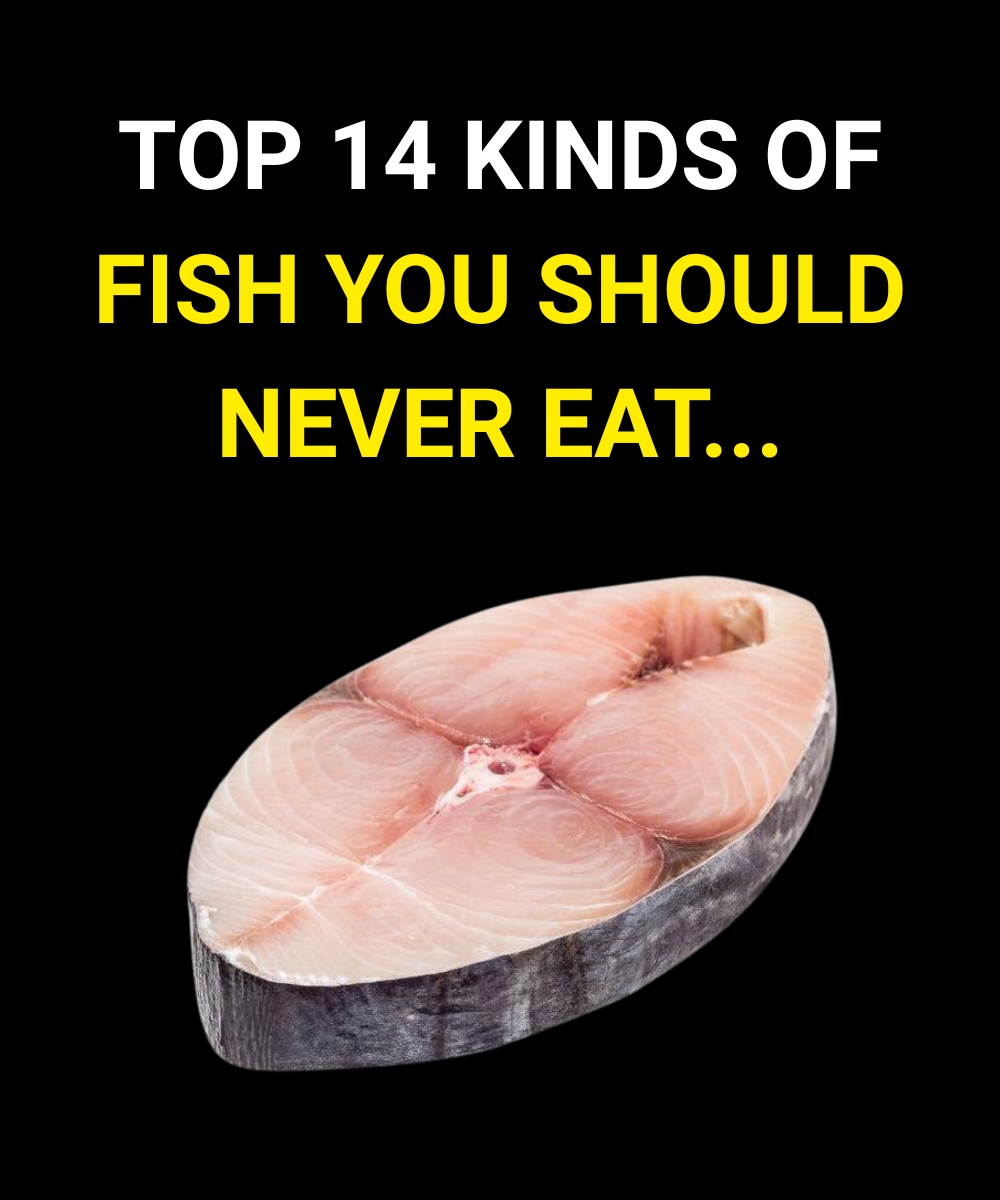Fish: Healthy, But Not Always Safe
Fish can be a valuable part of a balanced diet. They’re rich in omega-3 fatty acids, which may reduce the risk of cancer, Alzheimer’s, heart disease, dementia, macular degeneration, and rheumatoid arthritis.
However, not all fish are safe to eat.
The Mercury Problem
Unfortunately, human activity—like coal-burning, smelting, and waste incineration—has polluted waterways with mercury. Fish absorb this toxic metal, and as larger fish eat smaller ones, the mercury bioaccumulates. In short, the higher up the food chain, the more mercury a fish likely contains.
Too much mercury can cause poisoning. That’s why the FDA and EPA provide mercury consumption guidelines, and the Environmental Defense Fund (EDF) recommends which fish to avoid.
1. Tilapia
Inflammation on Your Plate
Believe it or not, eating tilapia may be worse than eating bacon. A 2008 study from The Journal of the American Dietetic Association found that farmed tilapia contains high levels of omega-6 fatty acids, which can trigger inflammation.
Chronic inflammation can worsen autoimmune symptoms and increase the risk of heart disease, cancer, and diabetes.
Pro tip: Avoid tilapia from China. Choose U.S., Canadian, Dutch, Ecuadorian, or Peruvian sources instead. Wild-caught tilapia is better—but hard to find.
2. Atlantic Cod
A Collapse in the Food Chain
This isn’t just about your health—it’s about the environment. Atlantic cod has been overfished for centuries. In the 1990s, the fishery collapsed, disrupting the North Atlantic food web. While fishing has declined, the species still struggles to recover and remains vulnerable to extinction.
3. Atlantic Flatfish
(Includes halibut, flounder, sole)
Wasteful Practices
Overfishing isn’t the only issue. Commercial fishing creates massive bycatch—fish caught unintentionally and discarded. In the U.S., fisheries throw away about 2 billion pounds of bycatch every year—enough for 500 million meals.
The California halibut gillnet fishery is one of the worst offenders.
4. Caviar
Luxury With a Price
Caviar comes from Beluga Sturgeon eggs. These fish can live up to 100 years but are now critically endangered due to overharvesting. Other sturgeon species face similar risks.
5. Chilean Sea Bass
Mercury Alert
This popular fish contains dangerously high mercury levels. It’s best to avoid it altogether.
6. Eel
Slow-Growing and Polluted
Eels grow slowly and have been heavily overfished. They also play a key role in spreading mussels, which help clean water. Even worse, eels easily absorb pollutants. Some areas recommend eating eel no more than once per year.
7. Imported Basa, Swai, Tra, or Striped Catfish
What’s Really in Your Fish?
These are often mislabeled simply as “catfish.” A 2016 study found that 70–80% of samples were contaminated with Vibrio bacteria, a major cause of shellfish poisoning.
8. Imported Farmed Shrimp
A Chemical Cocktail
Shrimp farming often involves banned pesticides and heavy antibiotic use. Handling raw shrimp may expose you to antibiotic-resistant bacteria.
9. Imported King Crab
Misleading Labels
Roughly 75% of crab sold in the U.S. comes from Russia, where fishing practices are unregulated. Only crab caught in Alaska can legally be labeled “Alaskan King Crab.” But mislabeling is rampant. If your crab says both “imported” and “Alaskan,” steer clear.
10. Orange Roughy
Too Slow to Recover
Orange Roughy live for decades but reproduce slowly. Overfishing has decimated their populations. Plus, they contain high mercury levels.
11. Shark
Mercury Monster
Sharks are top predators and full of mercury. They also reproduce slowly, making them especially vulnerable to overfishing.
12. Atlantic Bluefin Tuna
On the Edge
This species is critically endangered and high in mercury. Large, predatory fish like this pose a double threat to your health and the oceans.
13. Swordfish
Not for Everyone
Another predator high in mercury. The EDF advises women and children to avoid it entirely. Men should eat it no more than once a month.
14. King Mackerel
Too Much Mercury
Both King and Spanish Mackerel contain high mercury levels. Women and children should avoid them.
15. Grouper
Fraud and Toxins
Grouper often contains moderate mercury levels and is vulnerable to overfishing. It’s also frequently mislabeled—up to 87% of grouper, cod, and snapper may be a cheaper substitute in disguise.
